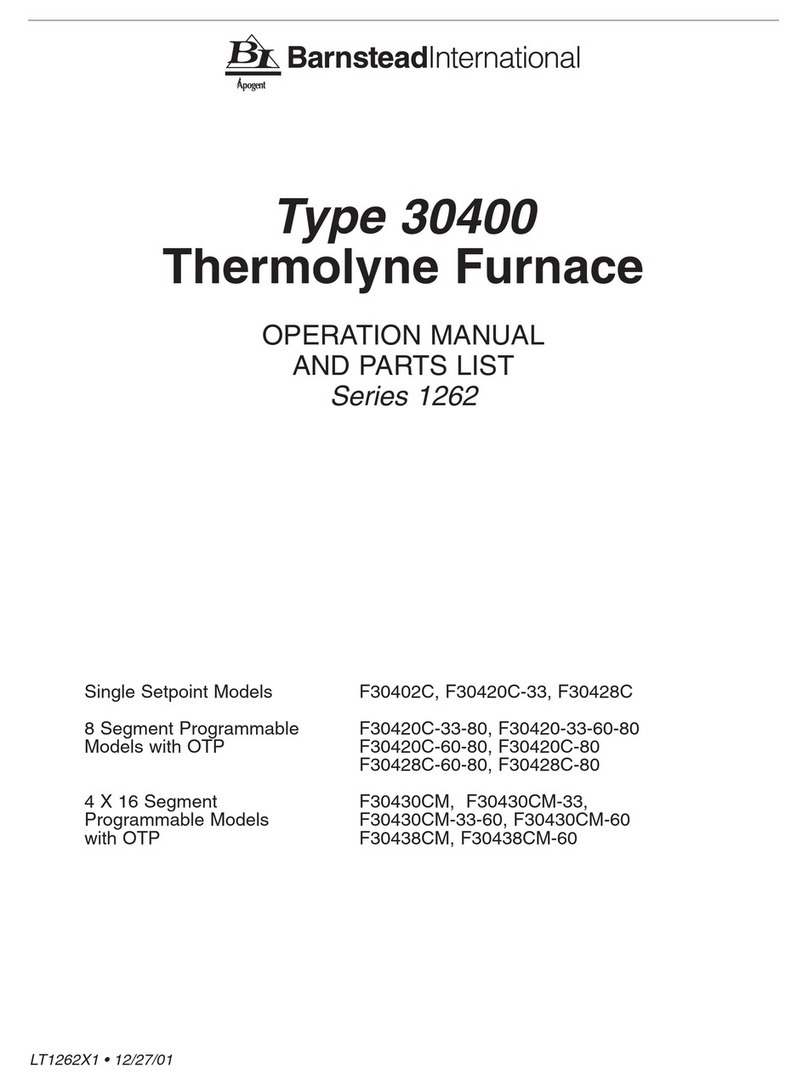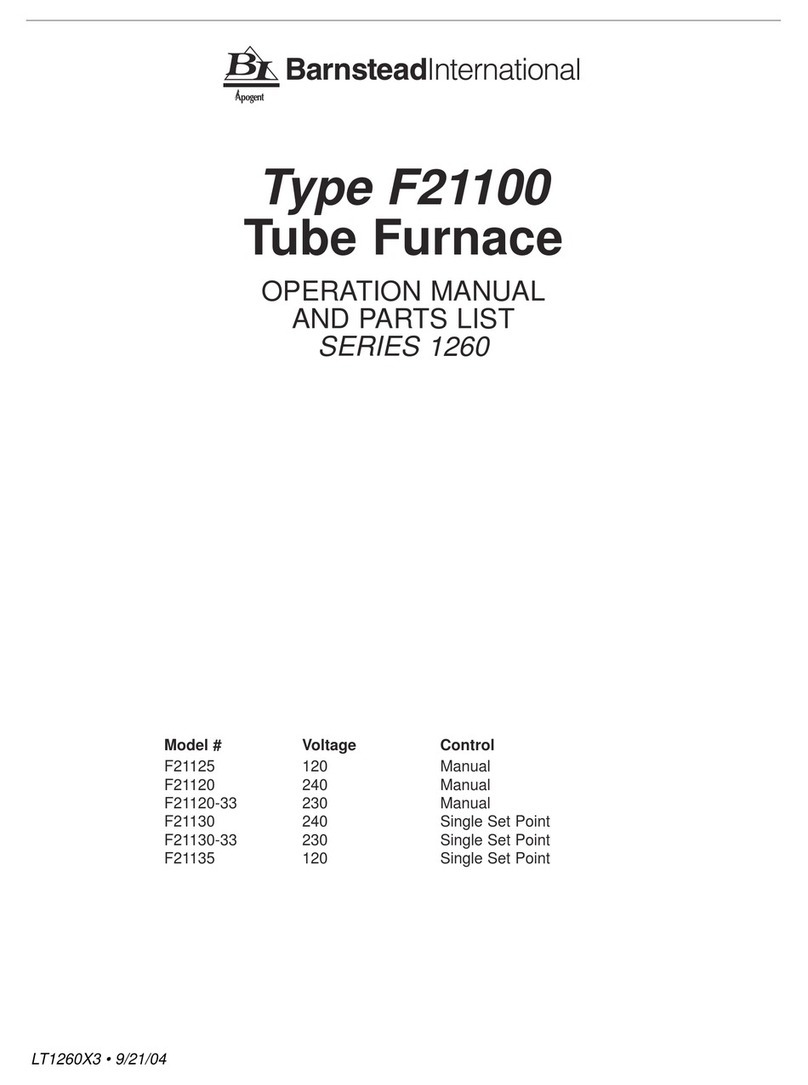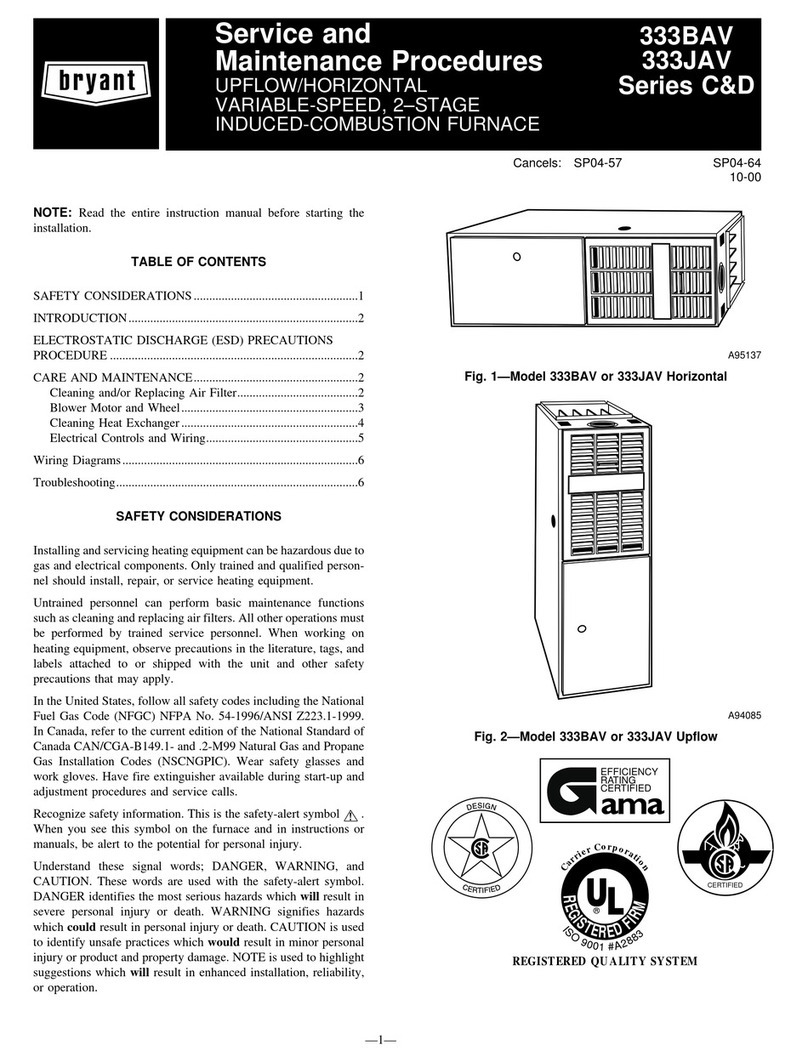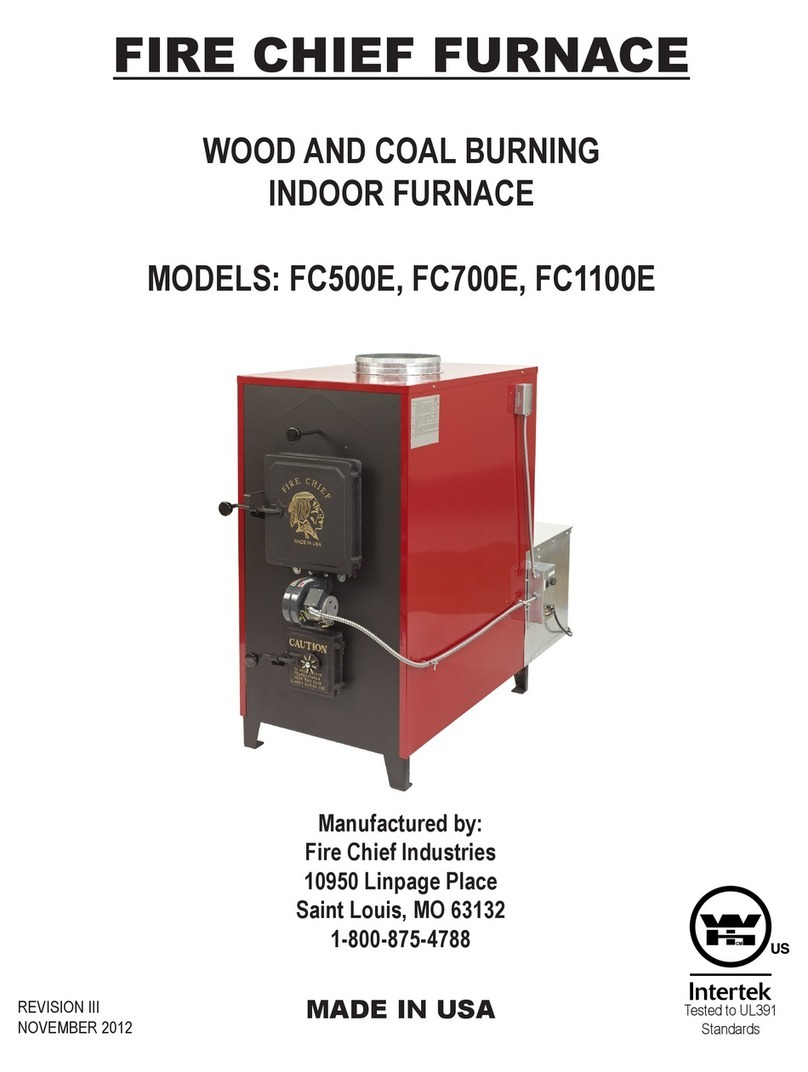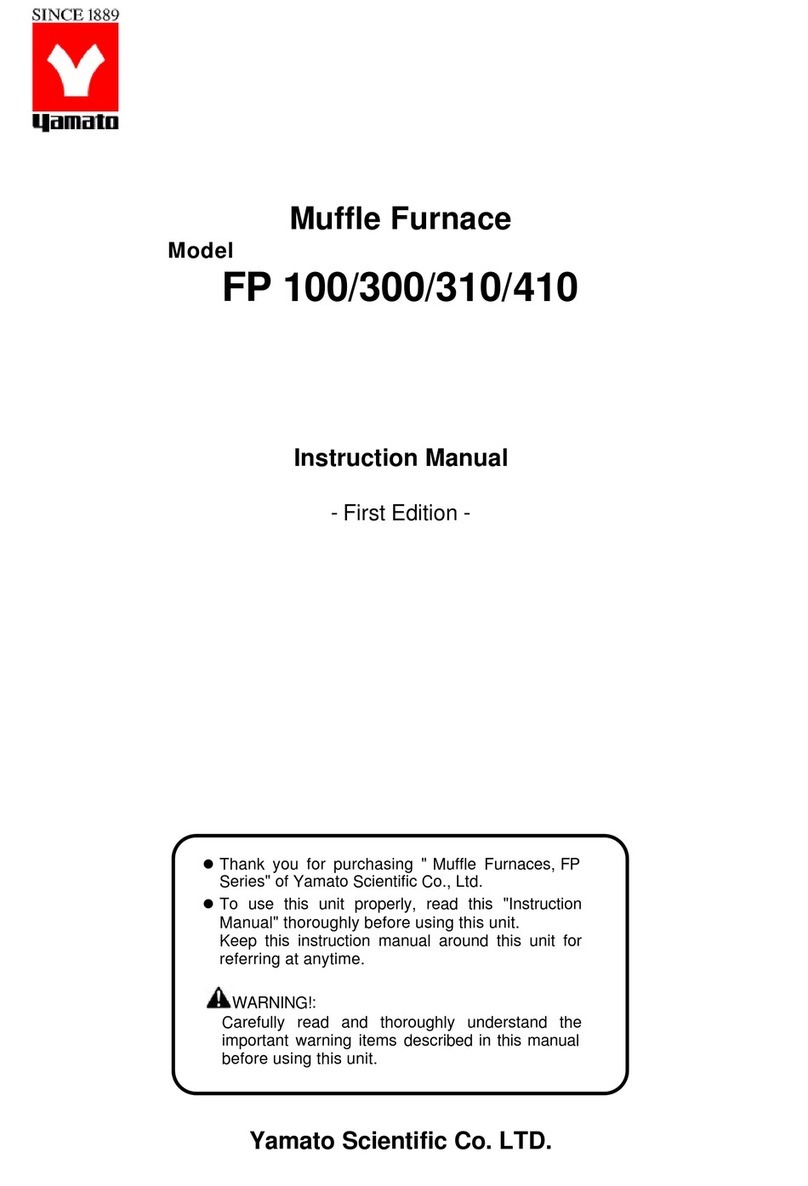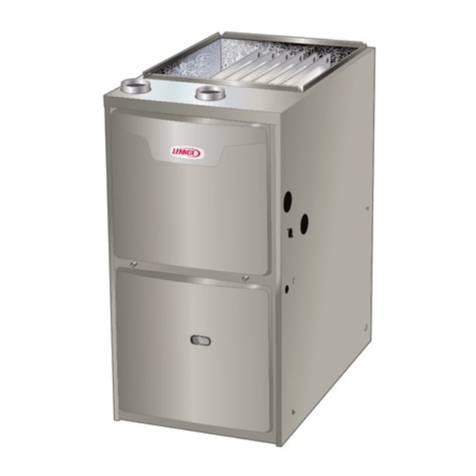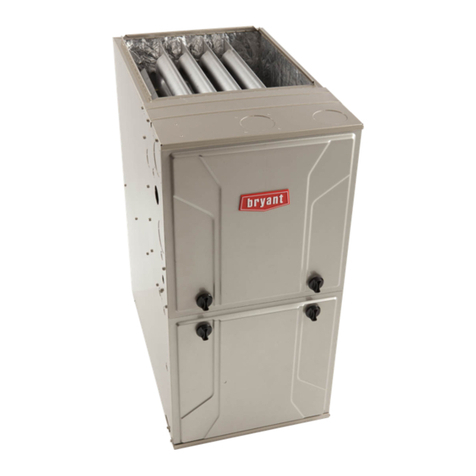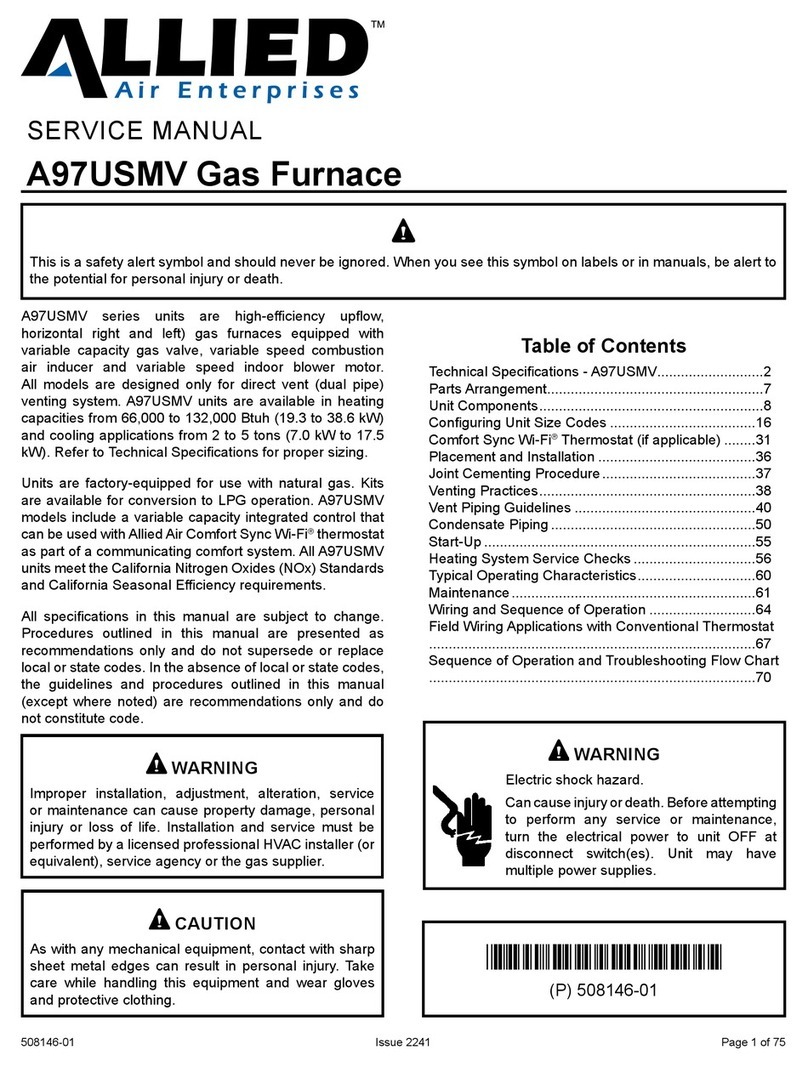Barnstead International Thermolyne 859 Series User manual

NCAT
Asphalt Content Furnace
Service Manual
LT1275X3 • 2/13/04

2
Table of Contents
Introduction..........................................................................................................................................................5
What is an NCAT Asphalt Test Furnace? ....................................................................................................5
Why Test Asphalt? ........................................................................................................................................5
Why Improve the Existing Method of Asphalt Testing? ................................................................................5
Barnstead International’s Involvement..........................................................................................................6
How Does the NCAT Work? ........................................................................................................................6
Unpacking and Installation..................................................................................................................................7
Electrical Specifications................................................................................................................................7
Site Selection................................................................................................................................................9
Power Requirements....................................................................................................................................9
Exhaust Installation Tips ..............................................................................................................................9
Installation Drawings ..................................................................................................................................11
Balance ............................................................................................................................................................13
OHAUS vs. SETRA ....................................................................................................................................13
SETRA Balance Replacement....................................................................................................................13
OHAUS Fuse Location ..............................................................................................................................14
OHAUS Display Board................................................................................................................................14
OHAUS and SETRA Ribbon Cables ..........................................................................................................14
Replacement Parts ....................................................................................................................................14
OHAUS Balance................................................................................................................................................15
Installation ..................................................................................................................................................15
Balance Control Port Hole Location ..........................................................................................................17
OHAUS Time and Date Set Procedure......................................................................................................18
Resetting the User Variables of an OHAUS Balance ................................................................................20
OHAUS Balance Calibration ......................................................................................................................25
SETRA Balance ................................................................................................................................................27
SETRA Balance Installation........................................................................................................................27
Balance Control Port Hole Location ..........................................................................................................29
SETRA Time and Date Set Procedure ......................................................................................................30
Resetting Variables of a SETRA Balance to Factory Default................................................................32
SETRA Balance Calibration........................................................................................................................33
Error Conditions ................................................................................................................................................35
OHAUS Balance ........................................................................................................................................35
SETRA Balance..........................................................................................................................................36
Printer ..............................................................................................................................................................37
Thermal Paper Storage ..............................................................................................................................37
RS232 Connection Information ..................................................................................................................37
Printer Change (Production) ......................................................................................................................38
Troubleshooting ..........................................................................................................................................39
Software............................................................................................................................................................41
History ........................................................................................................................................................41
SC859X1 Rev. 1 Software EPROM............................................................................................................43
Installation ..................................................................................................................................................45
Ordering Information ..................................................................................................................................47
Procedures........................................................................................................................................................48
Amendment ................................................................................................................................................48
Definition ....................................................................................................................................................48

Output ..............................................................................................................................................................59
Bitumen Ratio ............................................................................................................................................59
Glossary............................................................................................................................................................60
Errors ..............................................................................................................................................................63
Red Display (Furnace)................................................................................................................................63
Green Display (Balance) ............................................................................................................................66
NCAT Troubleshooting with No Error Codes Displayed ............................................................................68
Aggregates..................................................................................................................................................72
Negative Air Pressure ................................................................................................................................72
Displayed Letters/Numbers ........................................................................................................................74
Equipment Test Procedure................................................................................................................................81
Removal of the Control Assembly (Bottom Section) in the 1087 and 1275 Series NCAT ........................81
1087 Series Back Wall Insulation Removal................................................................................................88
Heating Elements ......................................................................................................................................89
Element Part Numbers and Cold Resistance ............................................................................................95
Thermocouples ..........................................................................................................................................98
Solid State Relays ....................................................................................................................................101
Keypad......................................................................................................................................................104
Maintenance....................................................................................................................................................110
Lift Test Procedure....................................................................................................................................110
Cleaning Procedure for NCAT ..................................................................................................................111
Chamber Temperature Verification/Calibration ........................................................................................112
Balance Calibration ..................................................................................................................................115
Drawings..........................................................................................................................................................116
3
TABLE OF CONTENTS

4

5
What is an NCAT Asphalt Test
Furnace?
The NCAT Asphalt Content Furnace is a unitized furnace,
electronic weighing system, and exhaust air filtration
mechanism combined into one system. The system was
developed by a team of Barnstead International engineers
in conjunction with the National Center for Asphalt
Technology (hence the name NCAT) at Auburn University.
The NCAT furnace was designed as an improvement over
the existing solvent method of determining the binder con-
tent in asphalt paving materials.
Why Test Asphalt?
Hot mix asphalt used for roads and highways has to be
incredibly durable, withstanding not only the rigors of
heavy truck and car traffic, but also the temperature
extremes of tropical summers and arctic winters.
Why Improve the Existing
Method of Asphalt Testing?
Existing testing methods are extremely time consuming
and difficult to perform properly.
Introduction

Barnstead International’s
Involvement
Because the NCAT researchers at Auburn University
decided that their new test method would use high tem-
perature to separate the asphalt from the aggregate in the
asphalt mix, they needed a company that specialized
benchtop high temperature laboratory furnaces.
How Does the Asphalt Content
Furnace Work?
Aknown weight of asphalt mix is placed in the NCAT fur-
nace chamber. The furnace then burns away the binder
until only the stones remain. The automatic weighing
system incorporated into the unit monitors the reduction in
weight of the sample as the binder burns off until the
weight change stops (meaning all the binder has been
burnt away and only stones remain). The software within
the unit then calculates the percent of binder within the
asphalt mix. All of this is included on a paper printout by
a small built-in strip recorder so that the lab technician
can confirm that the tested sample of asphalt did meet
accepted quality standards. All of this may sound simple,
but it isn’t. An especially difficult technological problem
was how to eliminate the black soot that would normally
billow out of the furnace exhaust as the asphalt binder
burned away. Our engineers developed a special ceram-
ic filtration/burner system so effective that the outside
exhaust is essentially invisible and meets all guidelines
for emissions set by the Environmental Protection
Agency. This solution was so innovative that the U.S.
Patent Department has granted several patent claims to
Barnstead International.
6
INTRODUCTION

7
Electrical Specifications
Model # Voltage Amperage Watts Phase
F85930 240Vac 27 Amps 6379 50/60Hz, Single
F85930 220Vac 20 Amps* 4879 50/60Hz, Single
F85938 208Vac 28 Amps 5757 50/60Hz, Single
F85930-33 240Vac 27 Amps 6379 50/60 Hz, Single
*Model # F85930 units are configured for a 27 Amp supply when shipped from the factory. You have the
option of re-configuring the wiring at the back of the furnace for 20 amps. Please refer to the owner/operator
manual for instructions on how to re-wire the unit for the lower amperage configuration. Typically, a 20-amp
configuration is used for mobile laboratory installations where the power supplies may be limited. Units con-
figured for 20 amps will heat and process samples at a slower rate.
•NCAT furnaces are not supplied with a power cord or plug and must be wired either directly
through a conduit system or by a customer supplied power cord and plug. Electrical wiring should
conform to local electrical code requirements. Please consult with a certified electrician for electrical
connection.
• NCATs sold in the 208V version should not be connected to 240V power supply. Damage to electri-
cal components in the furnace will occur.
• NCATs sold in the 240V version should not be connected to 208V power supply. Damage to electri-
cal components in the furnace will occur.
•Buck/Boost low voltage isolation transformers are an electrical device that has the ability to step up
a 208V power supply to 240V or step down a 240V power supply to 208V. Buck/Boost transformers
are available at Barnstead International (P/N TNX122) or can be purchased at local electrical retail
stores.
•Recommended buck/boost transformer ratings (TNX122):
MFR: Jefferson Electric
MFR Model: 216-1241-000
Ratings: .75 kVA
Single Phase (50/60Hz)
120/240 Volts
16/32 Volts
Unpacking and Installation

8
UNPACKING AND INSTALLATION
Parts Shipped in Chamber:
(8) JSX122 - Balance/Hearth Plate Ceramic Support Tubes
Parts Shipped in Accessory Box (Located on top of unit - not pictured)
PHX4 - Hearth Plate
(2) FZX47 - Fuses
(2) FZX53 - Fuses
(2) FZX61 - Fuses
ME859X1 - Balance
LT1275X1 - Manual
Barnstead International “packs” a chamber to transport an NCAT from one location to another, preventing damage.

Site Selection
•The NCAT should be mounted on a sturdy level
surface, capable of supporting the weight of the
fully assembled furnace (Approximately 300
pounds).
•Allow a minimum space of 6 inches between the
NCAT outer casing and any vertical surfaces
such as the walls of the building for airflow
requirements and heat escape. The chamber
door must be permitted to swing freely to allow
loading and unloading of the chamber.
•Locate the furnace so that you can direct the
furnace emissions through ducting to a fume
hood or other appropriate ventilation systems.
We recommend an exhaust length of not more
than 10 feet.
Power Requirements
The NCAT units are not supplied with a power cord due to
the large amperage draw. Please consult with a certified
electrician to have the NCAT hardwired or an appropriate
power cord and receptacle installed in your facility.
Electricians will ensure compatibility among furnace spec-
ifications, power source and ground code requirements.
Exhaust Installation Tips
•See Installation tips in the Owner/Operator man-
uals for more information and/or refer to installa-
tion drawings for additional information on instal-
lation.
•Minimize bends in exhaust tubing as much as
possible. (Rule of thumb: Only one 90° bend
allowed in exhaust tubing 10 feet in total length.)
•Exhaust exiting the furnace port may reach tem-
peratures as high as 270°C. Keep all flammable
material a safe distance from the furnace.
•3-inch outside diameter, flexible stainless steel
tubing works best for exhaust duct-work.
9
INSTALLATION
Note
This manual does not include all
information necessary to properly
install an NCAT. Please refer to
owner/operator manual.

Available from Barnstead International, P/N
TU859X1.
•Install rock-wall cloth rated to handle tempera-
tures up to 270°C to insulate the exhaust tubing
passing through ceiling ducts.
•Do not use exhaust tubing less than 3 inches in
diameter.
•Do not use galvanized tin tubing or double wall
tin tubing.
•Do not connect the NCAT exhaust port directly
to an external fan with a rating of more than 60
CFM. This will create a negative airflow in the
exhaust system. The blower motor in the
NCAT is rated at 65CFM and will provide
enough power for emission up to approximately
10 feet.
10
INSTALLATION

11
INSTALLATION

12
INSTALLATION

The original NCAT (Series 859 & 945) were all manufac-
tured with an OHAUS balance, model GT8000. Design
changes still found OHAUS balances being used in the
1087 series until February 1998, in which a manufacturing
change from OHAUS to SETRA was completed.
OHAUS vs. SETRA
•The physical appearance between both scales
is different, with the housing of the OHAUS bal-
ance being brown or tan in color and housing of
the SETRA being gray or silver.
•OHAUS balances are a 240 VAC powered scale
and the SETRA are a 15 VDC powered scale.
•The display board for the SETRA is mated with
a load cell or silver colored base. Whereas the
OHAUS load cells and display boards can be
interchanged. (A 6 digit number can be found on
the SETRA load cell and on the mated display
board.)
•The SETRA balance does not contain the
numerous user variables found in the OHAUS,
making functions, such as resetting the time or
date and calibrating the SETRA much easier.
•The SETRA does not require a special calibra-
tion plate, as does the OHAUS. (The hearth
plate can be left in the chamber, when calibrat-
ing the SETRA.)
SETRA Balance Replacement
When replacing SETRA balances, the balance (load cell)
and display board MUST be changed out as a matched
pair. Locate the decal on the back of the balance (load
cell) with a 6 digit number. Locate the decal on the dis-
play board with the 6-digit number. Ensure the numbers
on both parts match. If they do not match, the balance
will not function properly. When customers return
SETRA balances, they MUST return the matching dis-
play board for warranty coverage.
13
Balance
OHAUS balance and display board
SETRA balance and display board

14
BALANCE
Replacement Parts
Part Number Description
ME859X1 SETRA upgrade kit. For customers wanting to update their NCAT from the OHAUS
to the SETRA balance. This kit includes all the necessary wire harnesses needed to
connect a new SETRA balance and installation instructions.
ME1087X1/C New SETRA balance for warranty situations. (This part number was set up for
customers with SETRA balances that fail within warranty.)
OHAUS Fuse Location
The OHAUS balances have a fuse installed on
the back of the load cell. The black, rectangular
fuse holder/cap is located as part of the power
entry module. The cap also has voltage markings
on each side. The side facing towards the top of
the balance is how the holder/cap should be posi-
tioned for the corresponding supply voltage. The
fuse is rated at 250V, 160ma. Barnstead
International replacement fuse is P/N FZX60. If
the fuse opens the red display will indicated ERR
8.
OHAUS Display Board
Part number PCX22 was set up as a replacement
part number for display boards for OHAUS bal-
ances ONLY. The part is obsolete and can no
longer be ordered.
OHAUS and SETRA
Ribbon Cables
The ribbon cables that directly attached to the
OHAUS and Setra balances are part of the bal-
ance and do not have replacement part numbers.

Installation
The OHAUS Balance (GT8000) operates on 208Vac or
240Vac (full potential line voltage). The balance is config-
ured for supply voltage that corresponds with the NCAT
upon production at Barnstead International.
OHAUS balances were used in production from 1995 to
1998 and are currently sold as replacements only.
1. Ensure that both the balance and the furnace
are disconnected from the power supply.
Remove the four screws along the top of the
front control panel securing the control panel to
the lower case of the furnace.
2. Open the lower control panel by carefully swing-
ing the control panel down (hinged).
3. Inside the lower control assembly, observe the
suspended table supported by four aluminum
rods. The balance will be supported by this
table. Vacuum the table if dust, etc., appear on
it.
4. Mount the platform support plate on the bal-
ance. Note the four pins on the support plate.
These will retain the ceramic support tubes,
which will project into the furnace chamber after
mounting.
5. Orient the balance so that the front of the bal-
ance faces the back of the furnace. Run the
cable attached to the front of the balance under
the balance, so that the unattached end of the
cable emerges from beneath the back of the
balance.
6. Slide the balance front-first onto the suspended
table beneath the furnace chamber.
7. Position the balance so that the pins on the plat-
form support plate are directly beneath the four
tube ports in the bottom of the furnace chamber.
8. Plug the balance’s power cord (the black, three-
pronged female plug) into the socket on the rear
15
OHAUS Balance

16
of the balance. Plug the nine-pin ribbon cable
female socket from the controller into the corre-
sponding socket on the back of the balance.
Plug the 13 pin socket on the display cable (the
cable from the front of the balance running
beneath the balance) into the 13 pin connector
located on the lower right-hand edge (as you
face the unit) of the balance display board
(mounted on the right-hand side of the front con-
trol panel).
9. Open the furnace door. Mount the four ceramic
support tubes through the tube ports located in
the bottom of the furnace chamber. Adjust the
position of the balance until the four ceramic
support tubes are seated on the appropriate
pins on the balance plate. Finely adjust the
position of the balance until the tubes are cen-
tered in their ports, but not touching the sides of
the ports,
10. Mount the hearth tray on the four ceramic sup-
port tubes. Place the smooth side of the hearth
tray down, with the ridges on the top of the
hearth tray running from the front to the back of
the furnace chamber.
11. Close the lower case by returning the control
panel to its original position. Secure the control
panel with the four screws you removed in step
1.
OHAUS BALANCE

17
Balance Control Port Hole Location
There are 4 holes strategically placed on the front of the control panel, between the green display and the red
displays. These holes are used to access and adjust the balance variables. Use an appropriate sized tool or
paper clip to access balance keys through the port holes in the control panel. Reference the sketch of the
control panel for location/identification of balance control port holes which will need to be accessed to perform
balance time/date setting, balance resetting, and balance calibration procedures.
OHAUS BALANCE
PRINT Button MODE Button OFF Button ON Button
Chamber Temp Percent Loss Elapsed Time
Balance Display
Control Panel Sketch

OHAUS Time and Date Set
Procedure
The balance supplies the time & date to the microproces-
sor of the NCAT. For ease of record keeping and to allow
the microprocessor to function properly, please ensure
the time and date are set appropriately.
The balance is shipped with the time & date set to Central
Daylight Time or Central Standard Time, depending on
the time of the year the balance is purchased. If you wish
to adjust these settings for local time, please follow the
outlined procedure.
Note: The OHAUS balance must be set up for US date
settings and EURO time (24 hour format) settings or it will
not communicate with microprocessor in the NCAT cor-
rectly.
1. Power down the NCAT furnace using the green
power switch. Press and the hold the number
“4” key on the keypad. While holding down the
“4” key, power up the NCAT using the green
power switch. Hold the “4” key until you hear
the NCAT beep. Release the “4” key.
2. Press and hold the balance ON button. Release
when “Menu” appears on the balance display.
3. “Menu” will automatically change to “Cal”. When
“Cal” is displayed, repeatedly press the MODE
button until “Setup” is displayed.
4. Press the ON button. “Reset” will be displayed.
5. Repeatedly press the MODE button until “Time”
is displayed.
6. Press the ON button. “Type” will be displayed.
7. Press the ON button. “US” will be displayed.
8. Press the MODE button. “Euro” will be dis-
played.
9. Press the ON button. “Type” will be displayed
again.
18
OHAUS BALANCE

10. Press the MODE button. “Set” will be displayed.
11. Press the ON button. The display will indicate
time with the first two digits (hours) flashing.
12. Repeatedly press (or press and hold to scroll)
the MODE button until the current hour (24 hour
clock) is displayed.
13. Press the ON button. The last two digits (min-
utes) will flash.
14. Repeatedly press (or press and hold to scroll)
the MODE button until the current minute is dis-
played.
15. Press the ON button. “Set” is displayed.
16. Press the MODE button. “End, Time” will be dis-
played.
17. Press the ON button. “Time” will be displayed
again.
18. Press the MODE button. “Date” will be dis-
played.
19. Press the ON button. “Type” will be displayed.
20. Press the ON button. “US” will be displayed.
21. Press the ON button. “Type” will be displayed
again.
22. Press the MODE button. “Set” will be displayed.
23. Press the ON button. The display will not indi-
cate the date with the first two digits (month)
flashing.
24. Repeatedly press (or press and hold to scroll)
the MODE button until the current month is dis-
played.
25. Press the ON button. The second two digits
(date) will flash.
19
OHAUS BALANCE

26. Repeatedly press (or press and hold to scroll)
the MODE button until the current date is dis-
played.
27. Press the ON button. The last two digits (year)
will flash.
28. Repeatedly press (or press and hold to scroll)
the MODE button until the current year is dis-
played.
29. Press the ON button. “Set” will be displayed.
30. Press the MODE button. “End, Date” will be dis-
played.
31. Press the ON button. “Date” will be displayed.
32. Repeatedly press the MODE button until “End,
Setup” is displayed.
33. Press the ON button. “Setup” will be displayed.
34. Press the MODE button until “End, Menu” is dis-
played.
35. Press the ON button. The display will revert to
displaying the current sample weight.
36. Power down the NCAT and power back up using
the green power switch to exit the balance
adjustment mode.
Resetting the User Variables of
an OHAUS Balance
In the event that your furnace ceases to operate and dis-
plays error code E008, check that the balance is properly
connected to furnace as described in Balance Installation.
If the balance is properly connected but the furnace is still
failing to operate and is still displaying E008, you need to
reset the balance’s parameters. (Reference the sketch,
depicting the balance control port holes.)
20
OHAUS BALANCE
This manual suits for next models
6
Table of contents
Other Barnstead International Furnace manuals
Popular Furnace manuals by other brands

Barnstead|Thermolyne
Barnstead|Thermolyne F62700 Operation manual
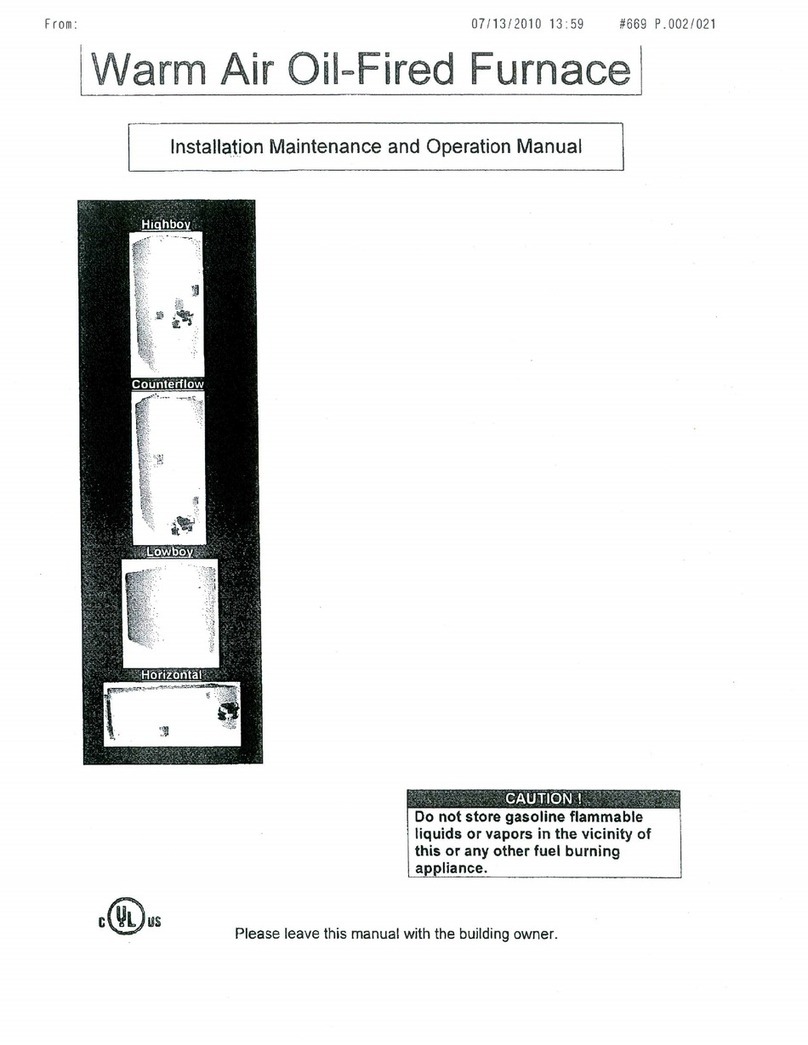
Adams
Adams UFO Installation, maintenance & operating instructions
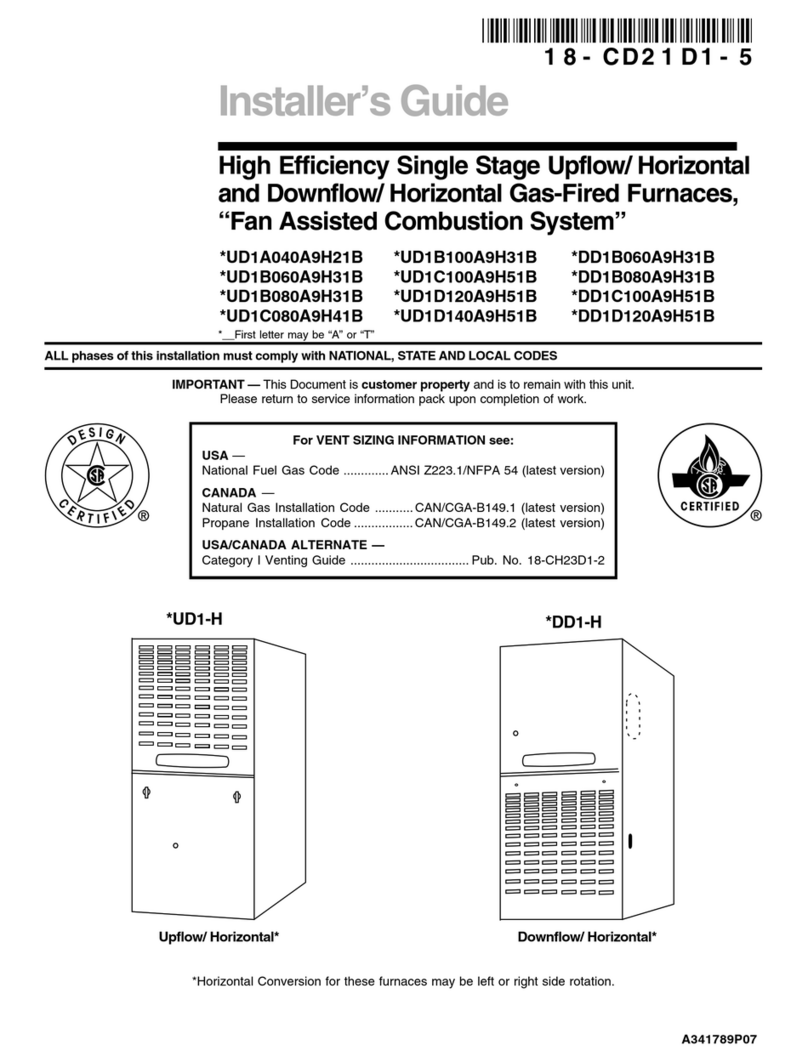
Trane
Trane UD1A040A9H21B installation guide

International comfort products
International comfort products N92ESN installation instructions
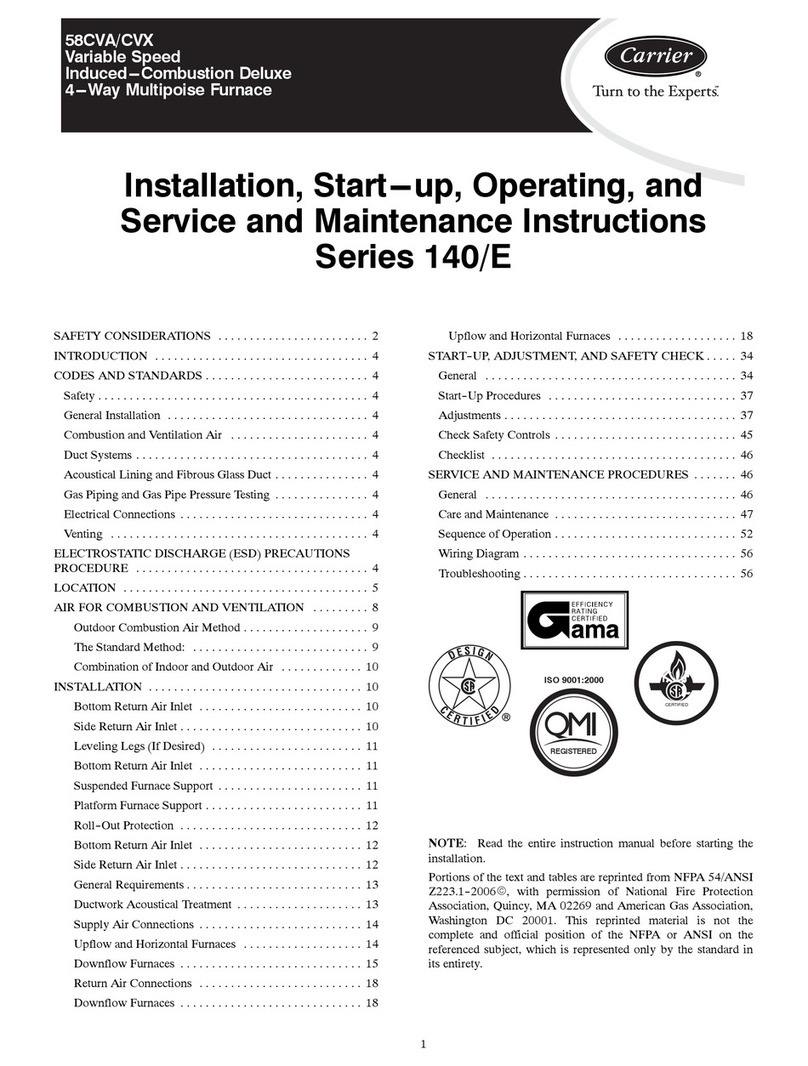
Carrier
Carrier 140/E Series Installation, start-up, operating and service and maintenance instructions
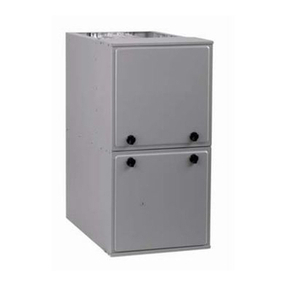
ICP
ICP N9MSE0401410A Service and technical support manual
